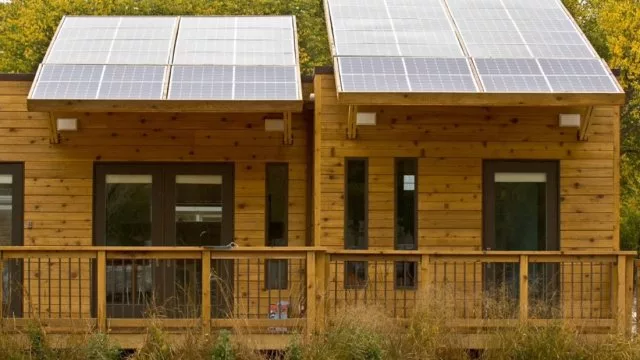In the current era, an unprecedented shift is taking place, altering the political and economic possibilities for state-level governance. Boasting a generous array of new federal initiatives, local policymakers are now positioned at the forefront of an opportunity to usher in significant changes. These can lead to not only economic prosperity but also health and environmental enhancements for the communities they serve.
As the landscape of clean energy policy undergoes a radical transformation due to the surge of federal funding, states are incentivized to propel policies that were once deemed overly ambitious. The resulting benefits include not just economic growth, but also improved public health outcomes and an array of environmental enhancements.
The Five Levers for State-Led Clean Energy Revolution
The Rocky Mountain Institute (RMI) has put forth an insightful strategy comprising five key policy interventions. By implementing these, states stand to gain:
Impactful Benefits
Substantial economic, health, and environmental rewards are on the table, such as new job opportunities, decreased energy expenditures, and enhanced federal and private sector capital infusions, not to mention the invaluable benefits of healthier communities and a cleaner environment.
Acceleration of Energy Transition
Progressive feats in the clean energy domain will position states at the vanguard of technology and innovation, ensuring they fully capitalize on clean energy’s potential.
Attraction of Investments
An influx of funds from the federal government and the private sector could be directed toward developing state infrastructure, marking a significant economic boost for local businesses and job markets.
States can tap into a plethora of federal financial streams designed to enable the enactment of proven policies, thereby driving investment flows back into their local economies.
Outlined below are five influential policies, supplemented with federal programs to foster and finance their implementation:
- Clean electricity standards
- Clean vehicle standards
- Managed energy infrastructure transition
- Methane standards
- Whole-home energy retrofit programs
An abundance of federal funding is readily available to assist states in adopting these quintessential energy policies.
Maximizing Federal Funds for State Energy Policies
This essential guide also delves into each policy’s funding opportunities, furnished with links to pertinent resources for even more detailed insights.
Regardless of geographic or political disposition, the implementation of these policies has yielded positive outcomes across various states. They fuel the demand for clean energy, provide a stable market for the respective industries, and ensure the distribution of advantages to all communities.
State leaders and policymakers interested in refining energy policies are provided with the necessary toolkit to leverage this chance for cleaner communities. This can lead to locally sourced energy, reduced pollution, quality employment, and significant investments into clean energy infrastructures. A more detailed analysis of different policies and their impact on emissions, jobs, and air quality across 24 states is available for further reading.
States should strategically allocate federal funding to support these policies, especially utilizing multifaceted funds like the State Energy Program and Greenhouse Gas Reduction Fund, for a diverse array of initiatives. By effectively distributing these funds to areas with limited alternative federal support, policymakers can catalyze the adoption of crucial policies or bridge funding gaps.
Lastly, while this document highlights the primary federal resources that align directly with each policy, it is by no means exhaustive. By exploring additional tools such as the AFFORD tool and the IRA Program and Incentive Summary, users can uncover a broader scope of federal funding opportunities to energize their state’s clean energy strategies.

























